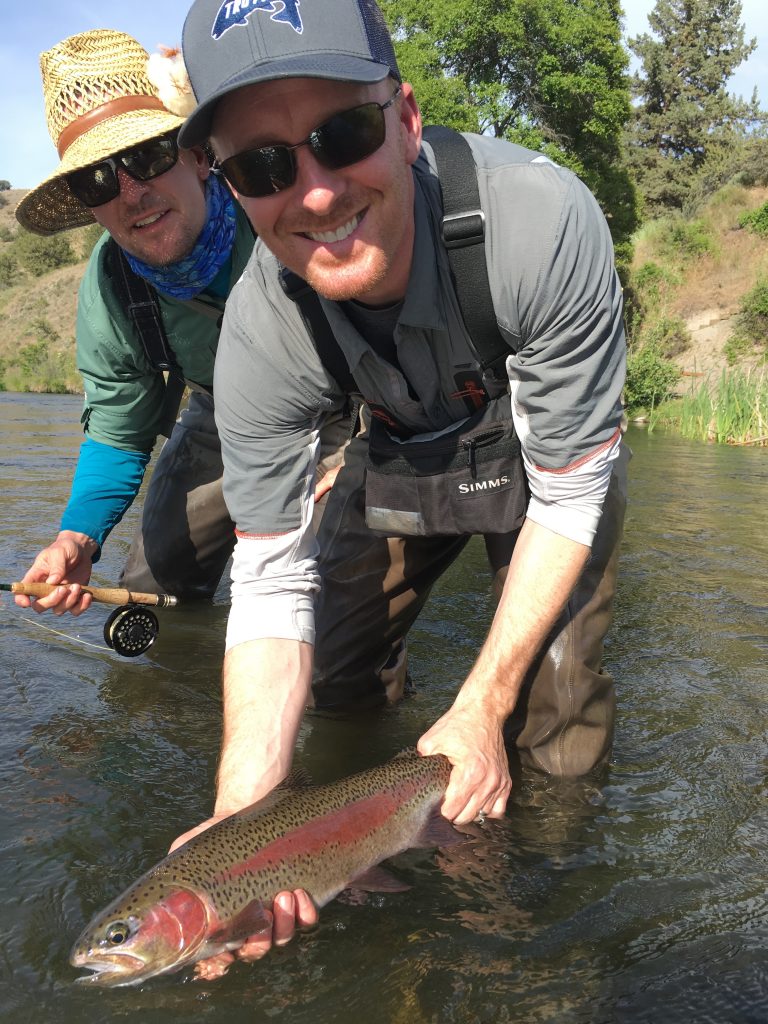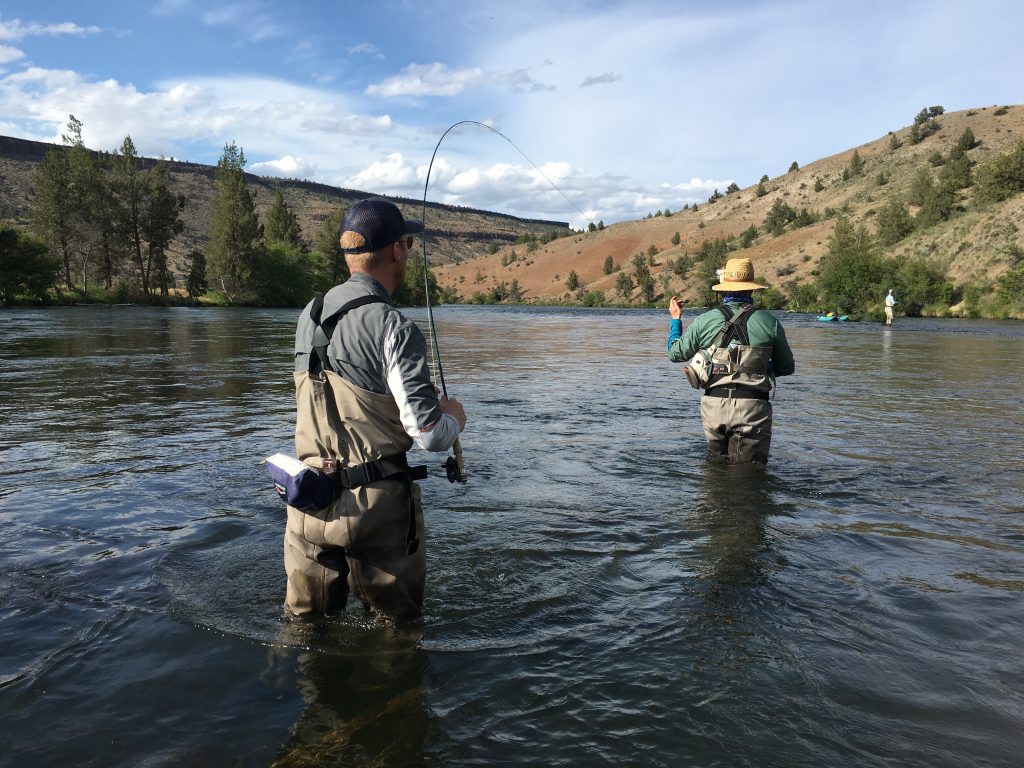Early morning came quickly after dawn to dark fishing the day before. The river had just turned and started to drop between weather systems. We decided to fish the lower river where we had found fish just 12 hours earlier. As I launched the boat my two brothers David and Seth made their way to the gravel bar above the put in. The run they would swing flies through had produced a very large fish the previous day and been home to the highest numbers of steelhead we had hooked in the past.
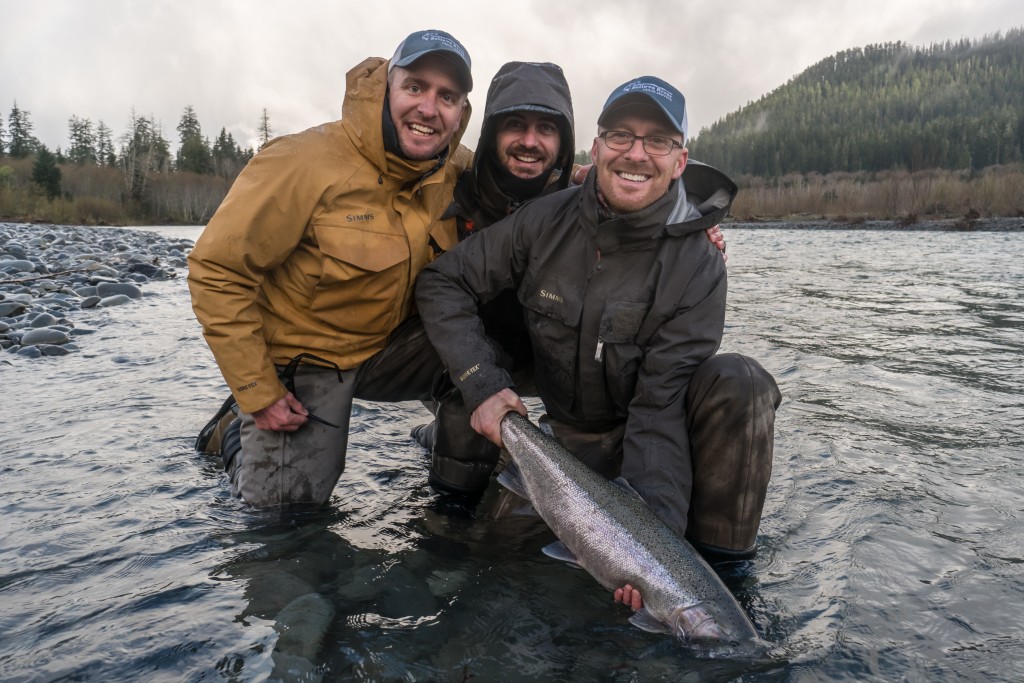
David stepped into the head of the run. The deep rich currents ricocheted off large black boulders used to protect the roadway. This created a sloping gravel bar at the top carving out the perfect resting place for traveling fish. Methodically Dave combed the lid of the run with his hand tied marabou fly. As his line sunk down into the drift and softly meandered its way towards the shore a sudden hesitation and violent pull was the split second signal that the fly had made its way in front of a willing participant. The battle erupted with shouts of joy, reel drag blaring its tension-filled song, and eager fisherman waiting to connect with the wild.
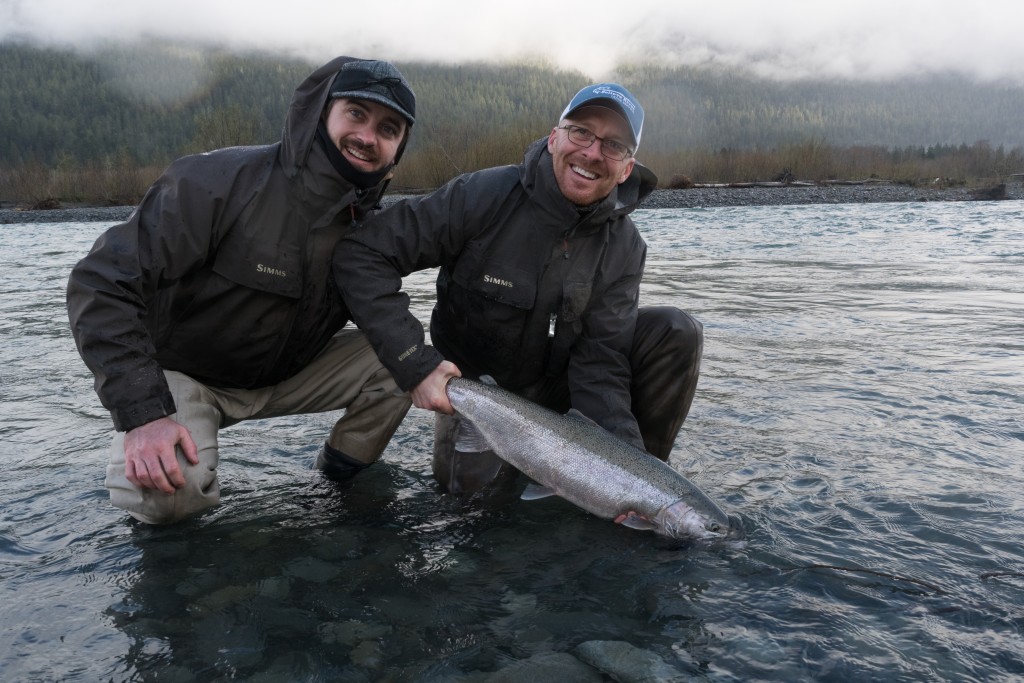
After many brilliant and powerful runs the wild buck finally tired and unwillingly made it’s way to the inside water’s end. Seth the youngest brother gently reached down and slide his right hand around the fishes tail. Universe size grins covered both boys faces. The fish was held in the shallows with it’s gills in the current to increase the fishes rate of recovery. Seeing all of this in slow motion I was still making my way over from the boat launch sprinting up the bank just at the perfect moment to see the majestic fish. We high-fived, hugged, and admired the winter buck for a few moments before releasing him back to the wild.
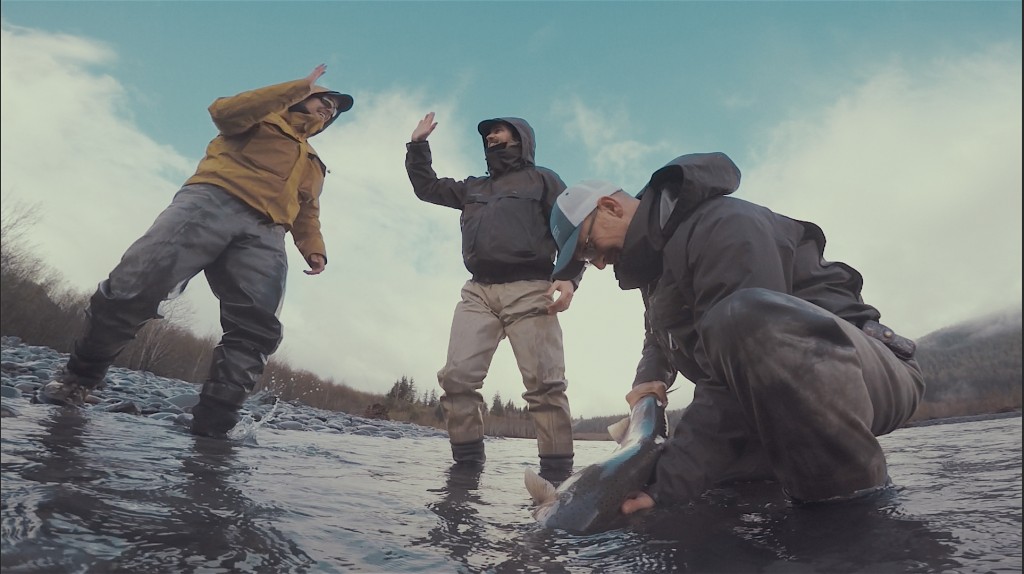
Our rivers and fish are a wonderful gift. This natural resource deserves our utmost love and stewardship. Over the years fishing for these beautiful fish, I have learned that consistency is so important. This starts with belief, you must believe a fish is waiting for you below the surface. Next, comb the run in small sections (the size of a steelhead) presenting the fly slow and the same every time. Make sure the fly is swinging at a depth that is mid hight from the bottom cobble so the holding or moving fish can look up and see the fly in the currents. This is a combination of understanding the depth of the run and water’s visibility. Fish the runs you have caught fish in and fish them slowly, confidently, and thoroughly. Chances are if you have caught a fish there before you will catch a fish there again.
Always Believe!
